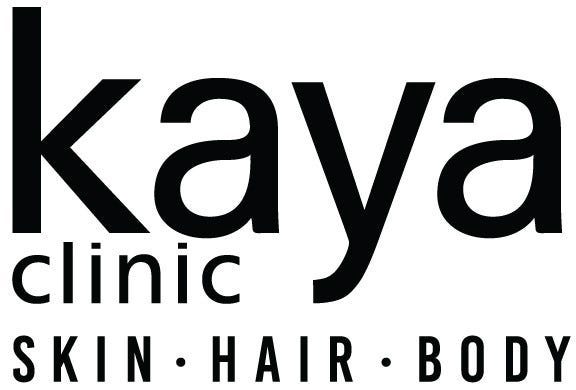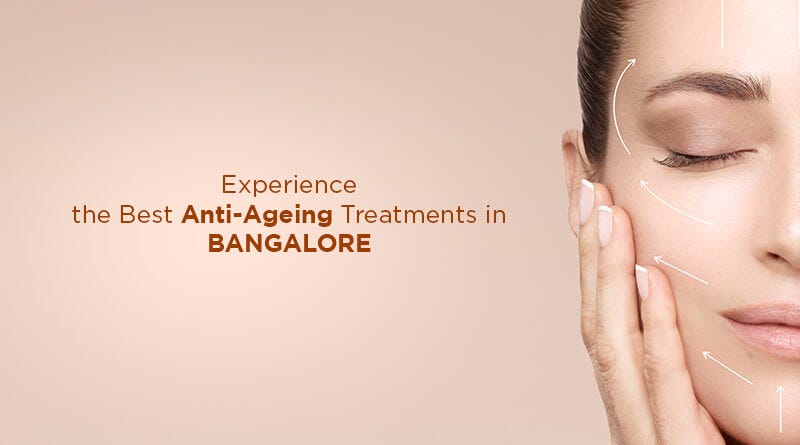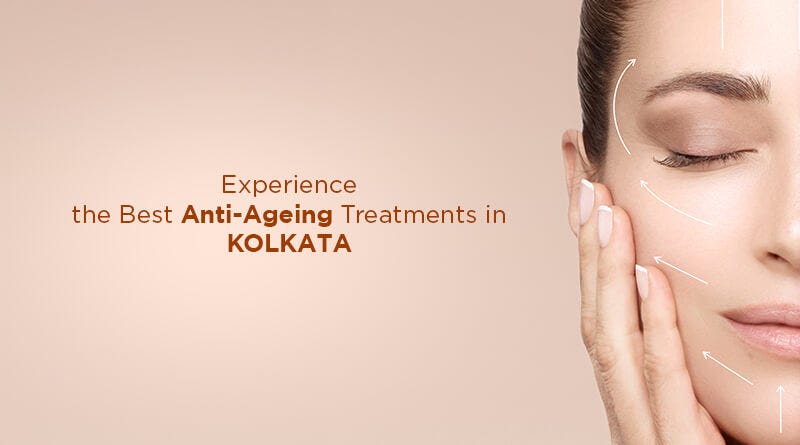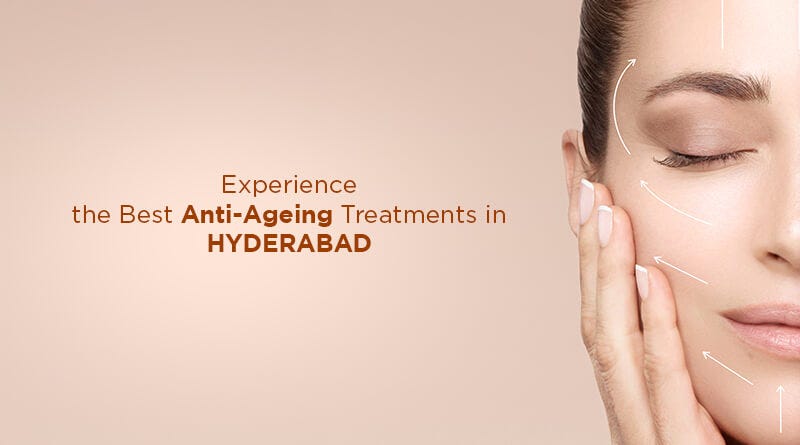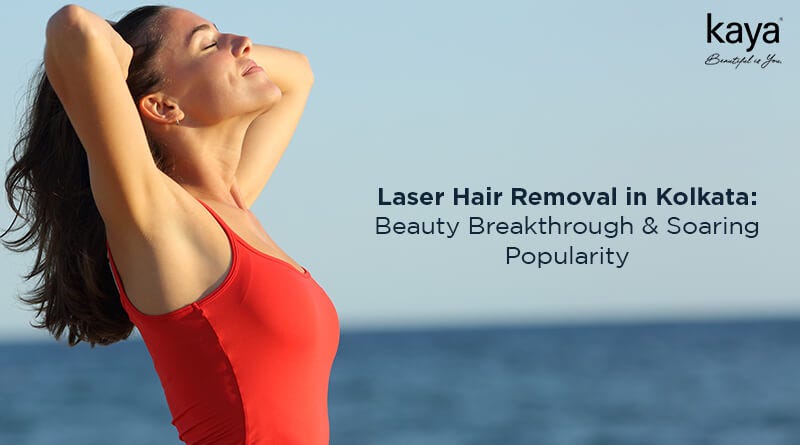Skin Care
Dec 27, 2023
Anti Aging Treatment Cost in Delhi for Youthful Radiance
Cost of anti-ageing treatment in Delhi for youthful radiance.
Dec 20, 2023
Laser Hair Reduction In Kolkata - Cost and Process
Details about Laser Hair Reduction cost and process in Kolkata.
Dec 20, 2023
Laser Hair Reduction in Delhi - Treatment and Cost
Information about Laser Hair Reduction treatment and cost in Delhi.
Dec 20, 2023
Laser Hair Reduction in Ludhiana - Treatment and Cost
Information about Laser Hair Reduction treatment and cost in Ludhiana.
Dec 11, 2023
Groom’s Glow-Up: 8 Must-Try Facials Before the Wedding Day
Facial recommendations for grooms before the wedding day.
Dec 11, 2023
Glowing Bride Guide: Do’s and Don’ts for Perfect Bridal Skincare
Guide for achieving perfect bridal skincare.
Dec 11, 2023
Butt Injections: Types, Costs, Risks, and More
Details about butt injections including types, costs, and risks.
Dec 11, 2023
Different Types of Facials + How To Choose The Right One
Overview of different types of facials and how to choose the right one.
Dec 11, 2023
Mommy Makeover: Procedures, Costs, and Recovery Guide
Information about mommy makeover procedures, costs, and recovery.
Dec 11, 2023
White spots on the skin: Possible causes and treatments
Causes and treatments for white spots on the skin.
Dec 05, 2023
Liposuction Vs Weight Loss Surgery: Which Should You Get?
Comparison between liposuction and weight loss surgery.
Dec 05, 2023
Neck Liposuction vs. Neck Lift: Choosing the Right Procedure
Comparison between neck liposuction and neck lift procedures.
Book an appointment
X
Book an appointment
